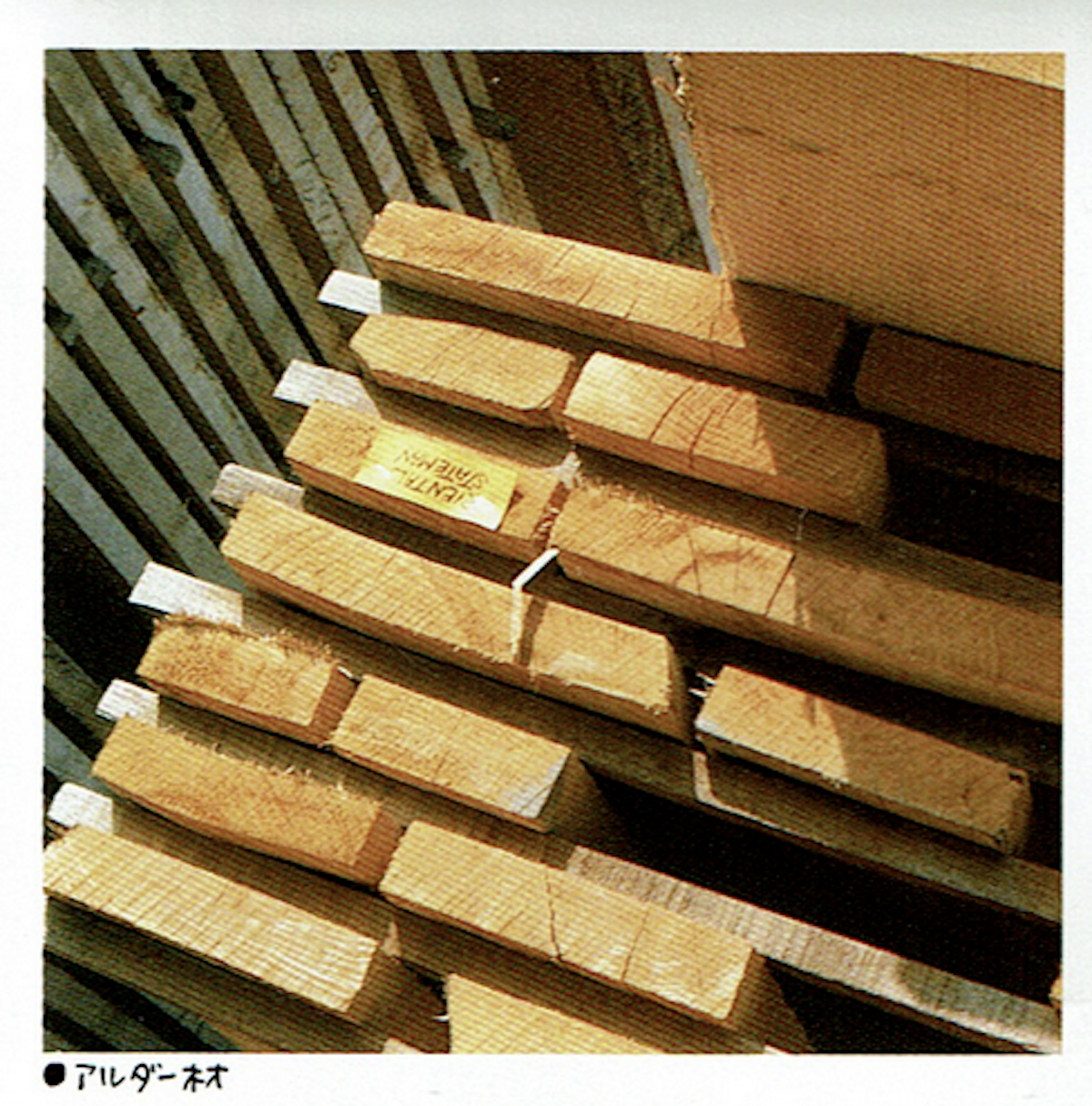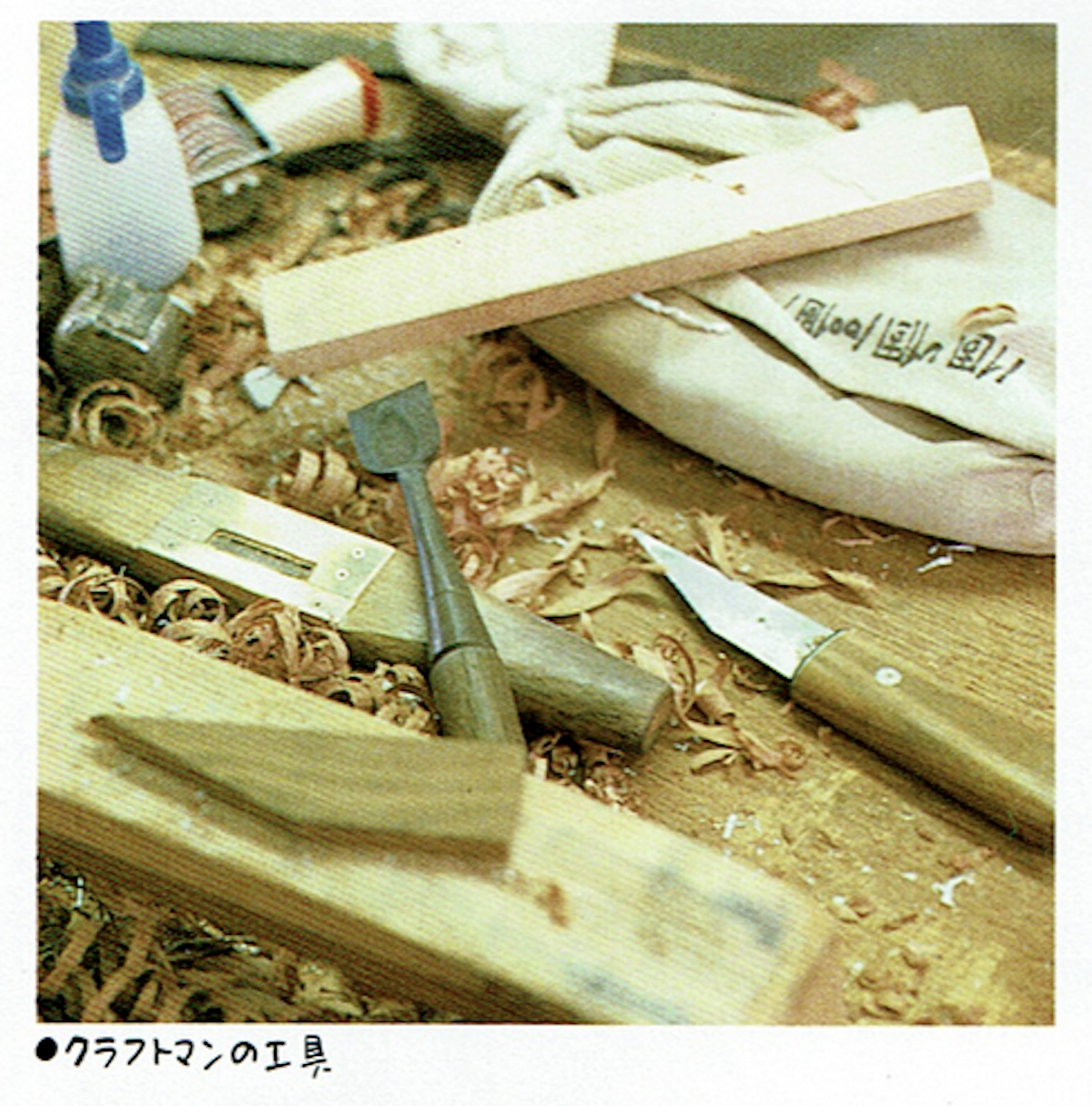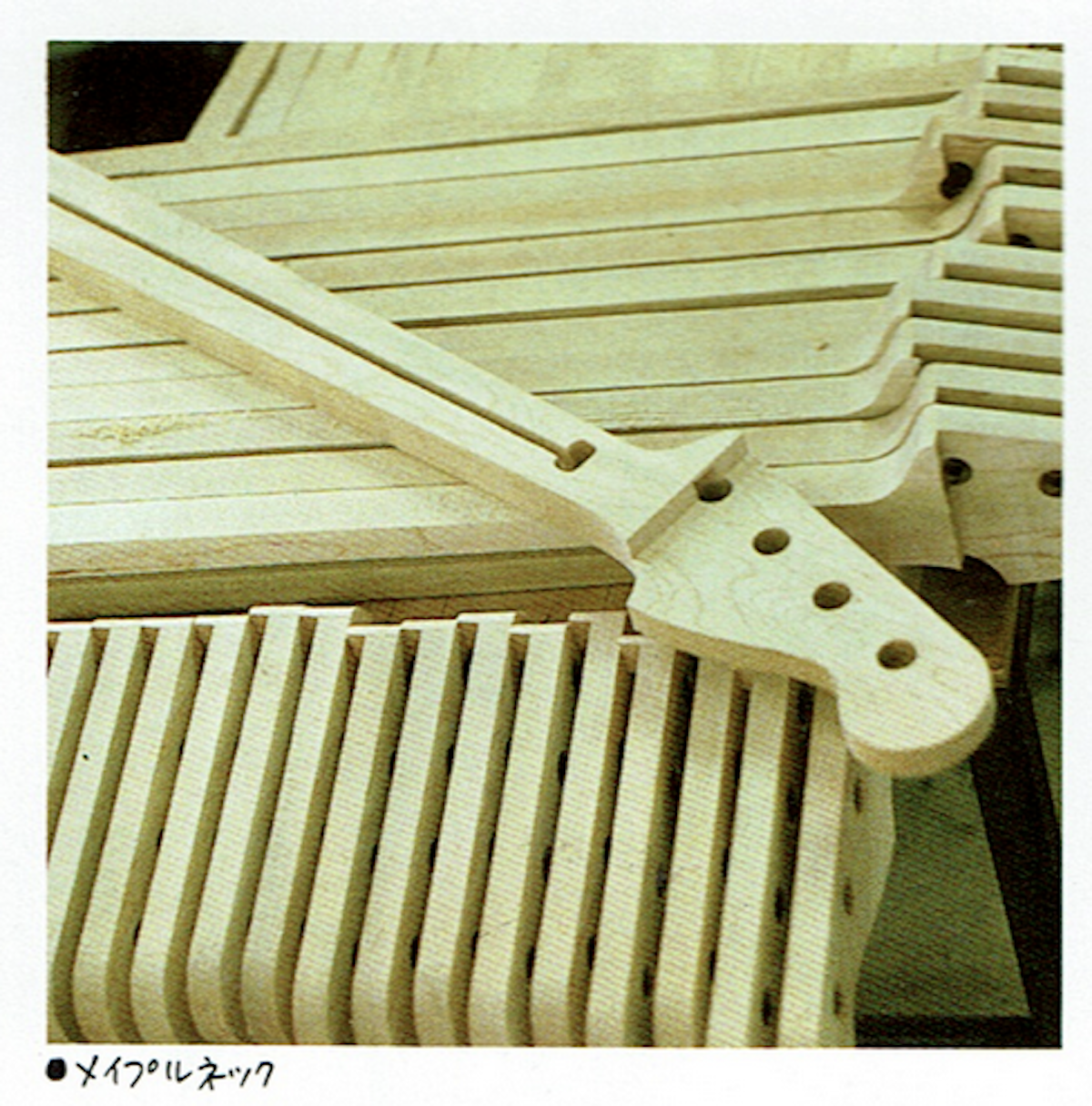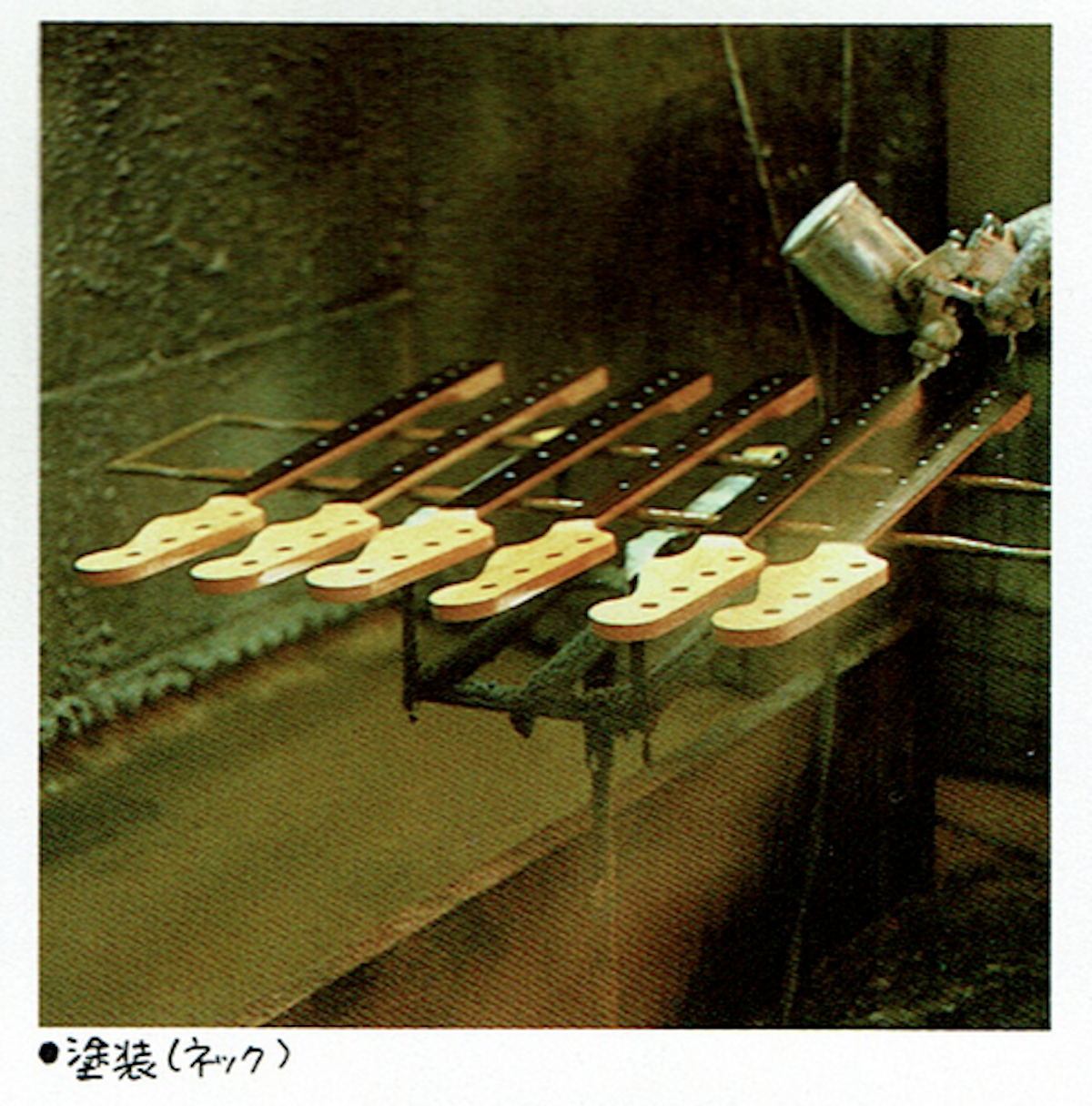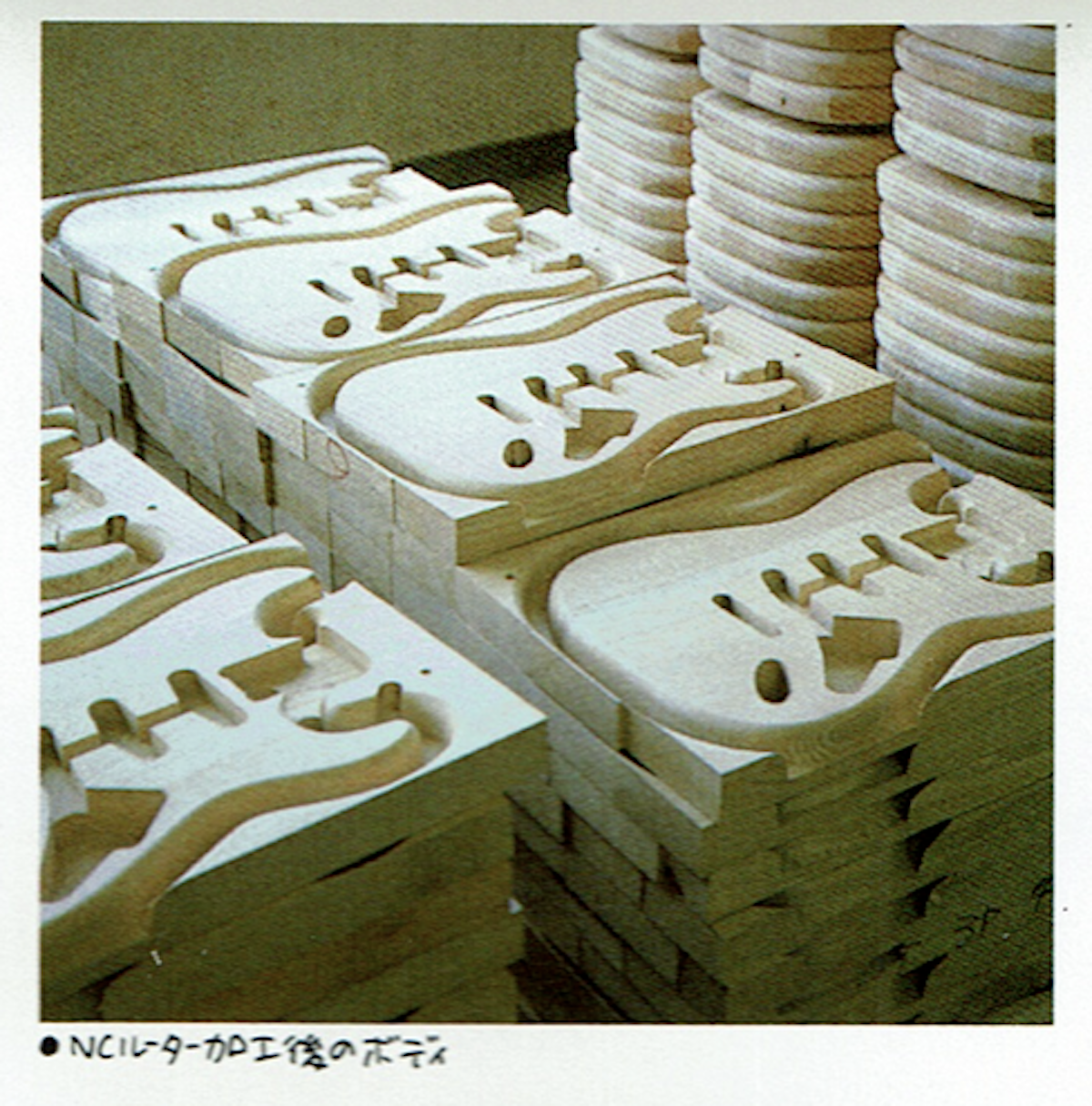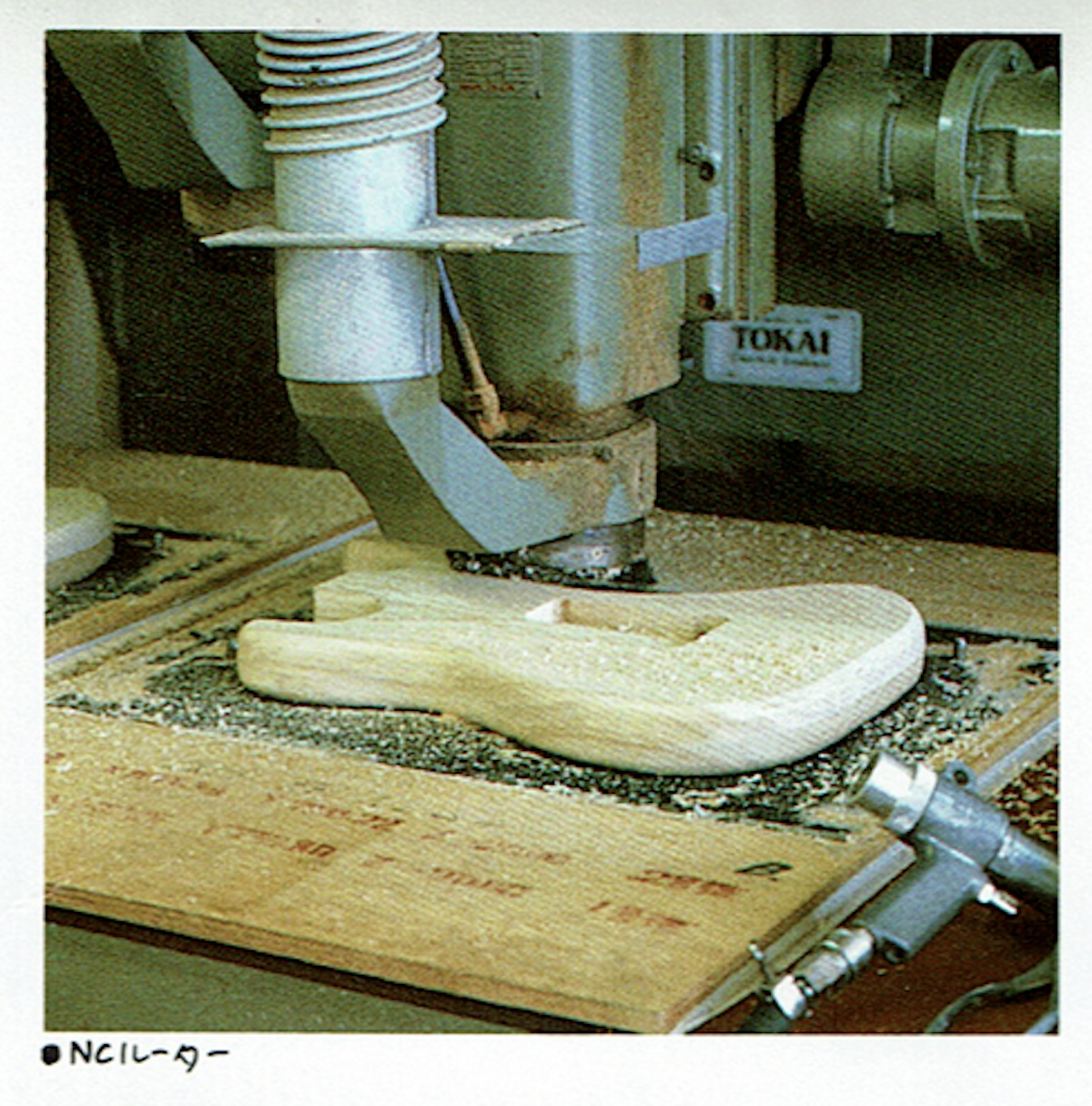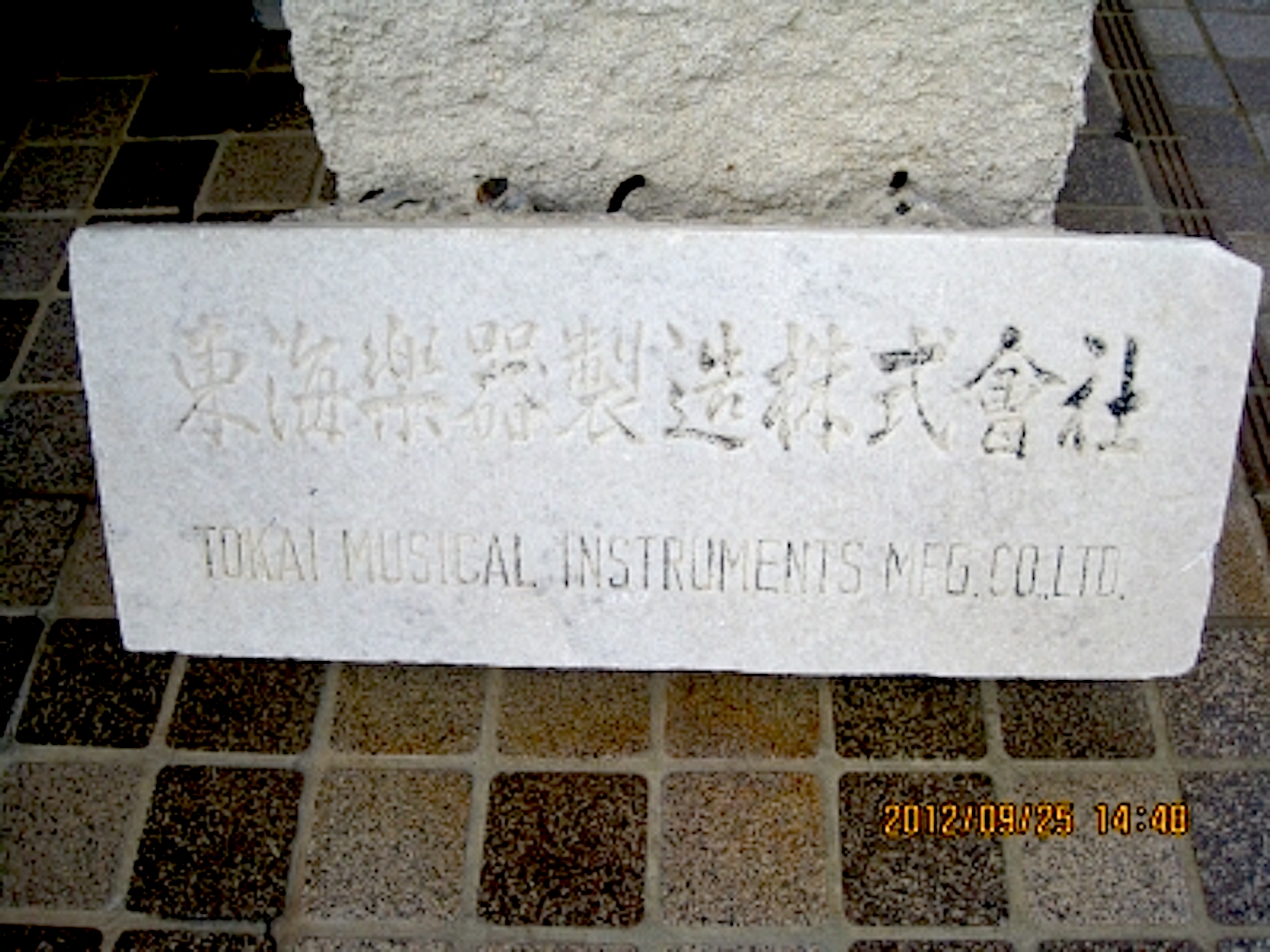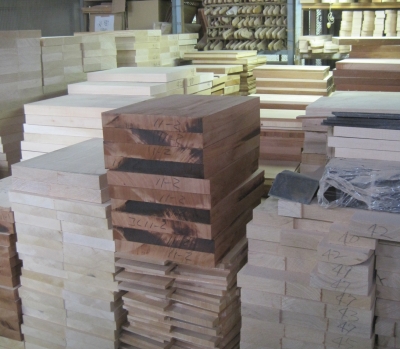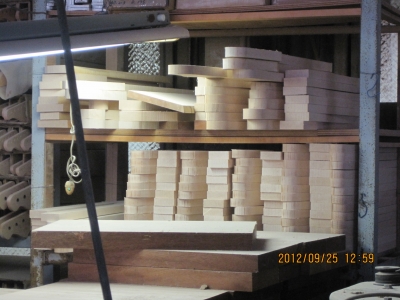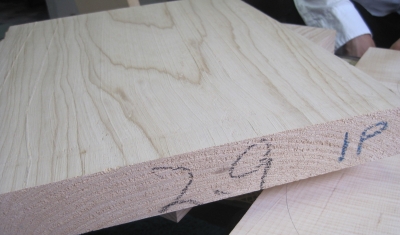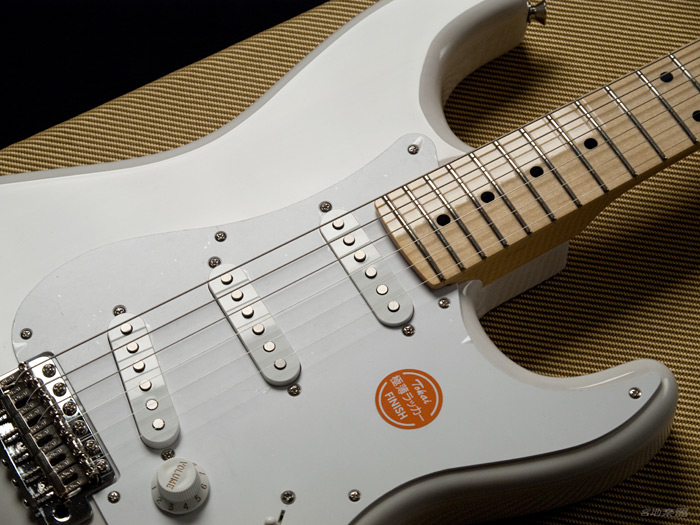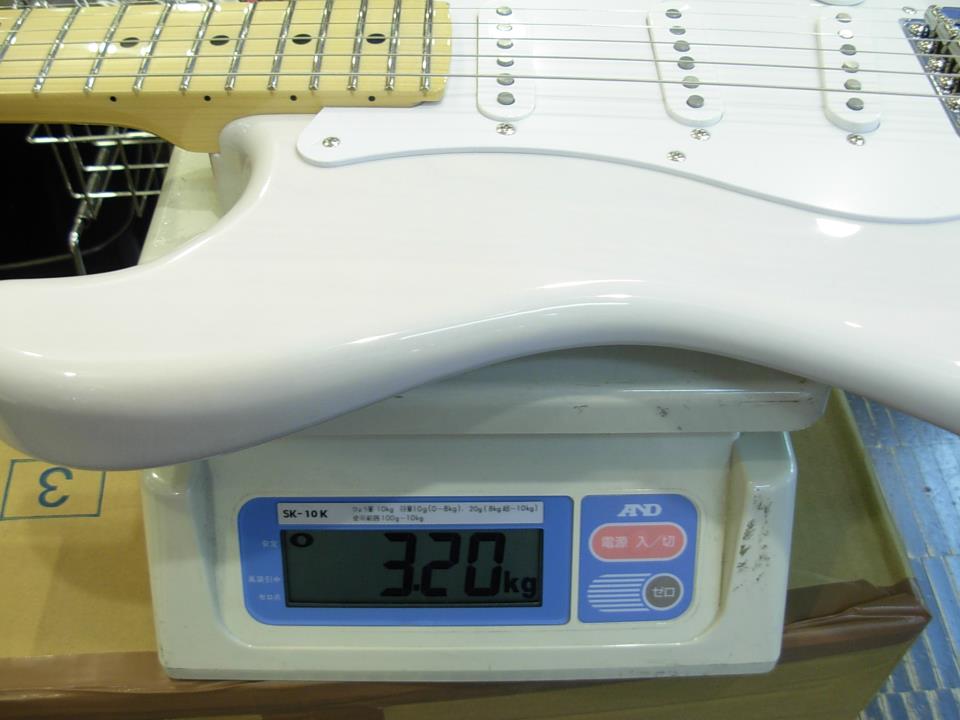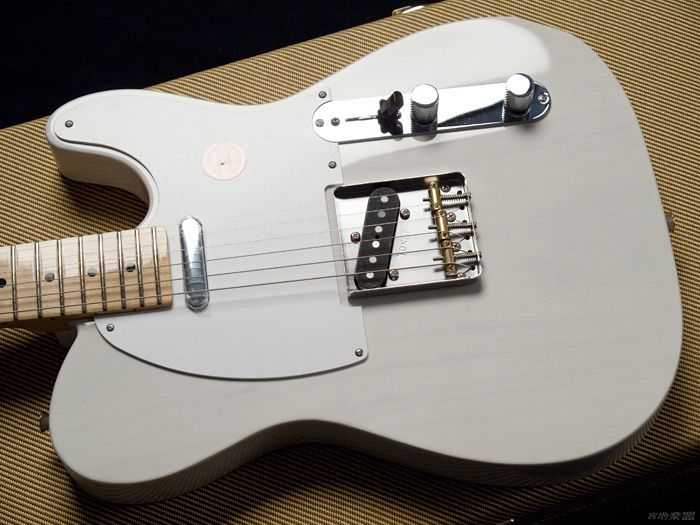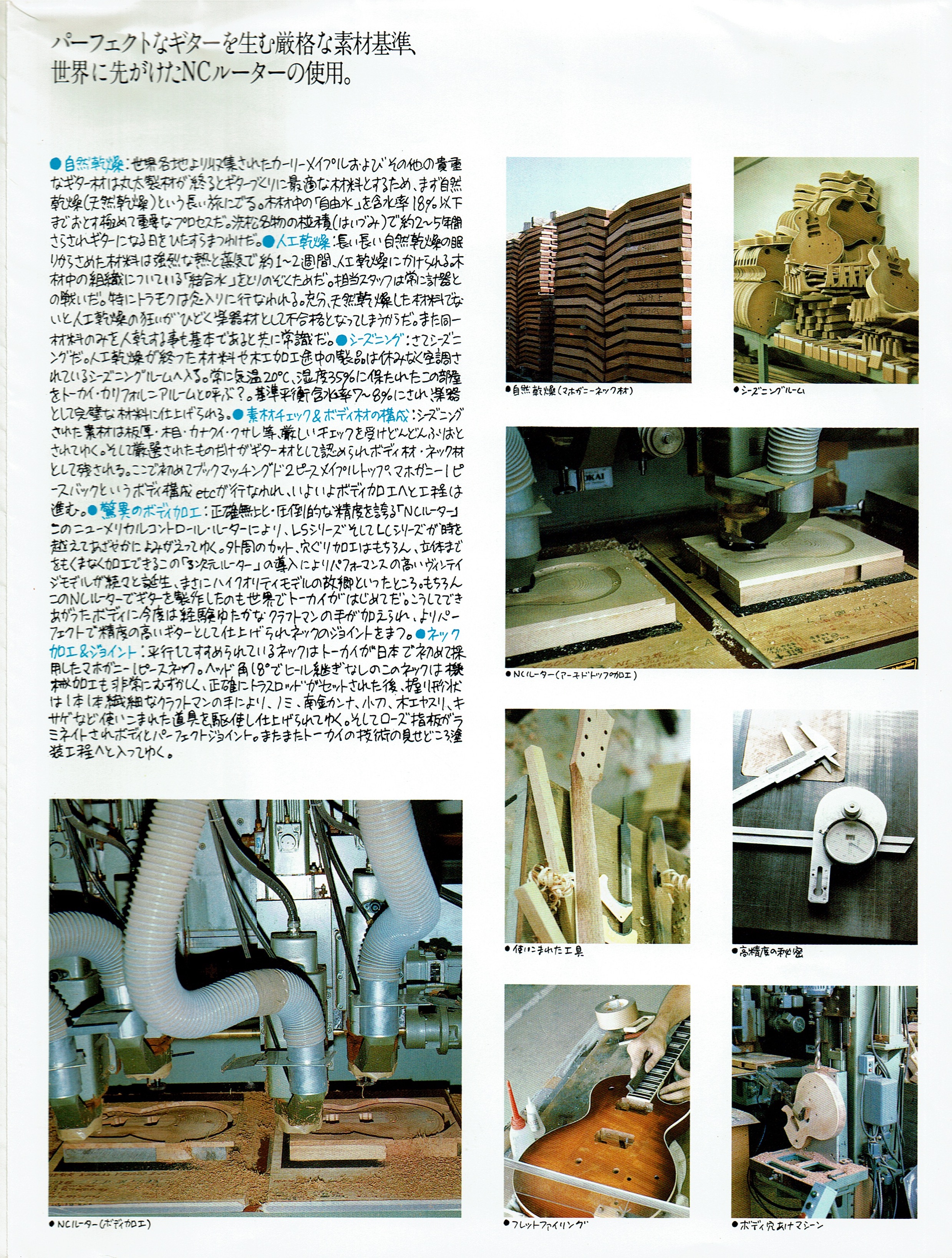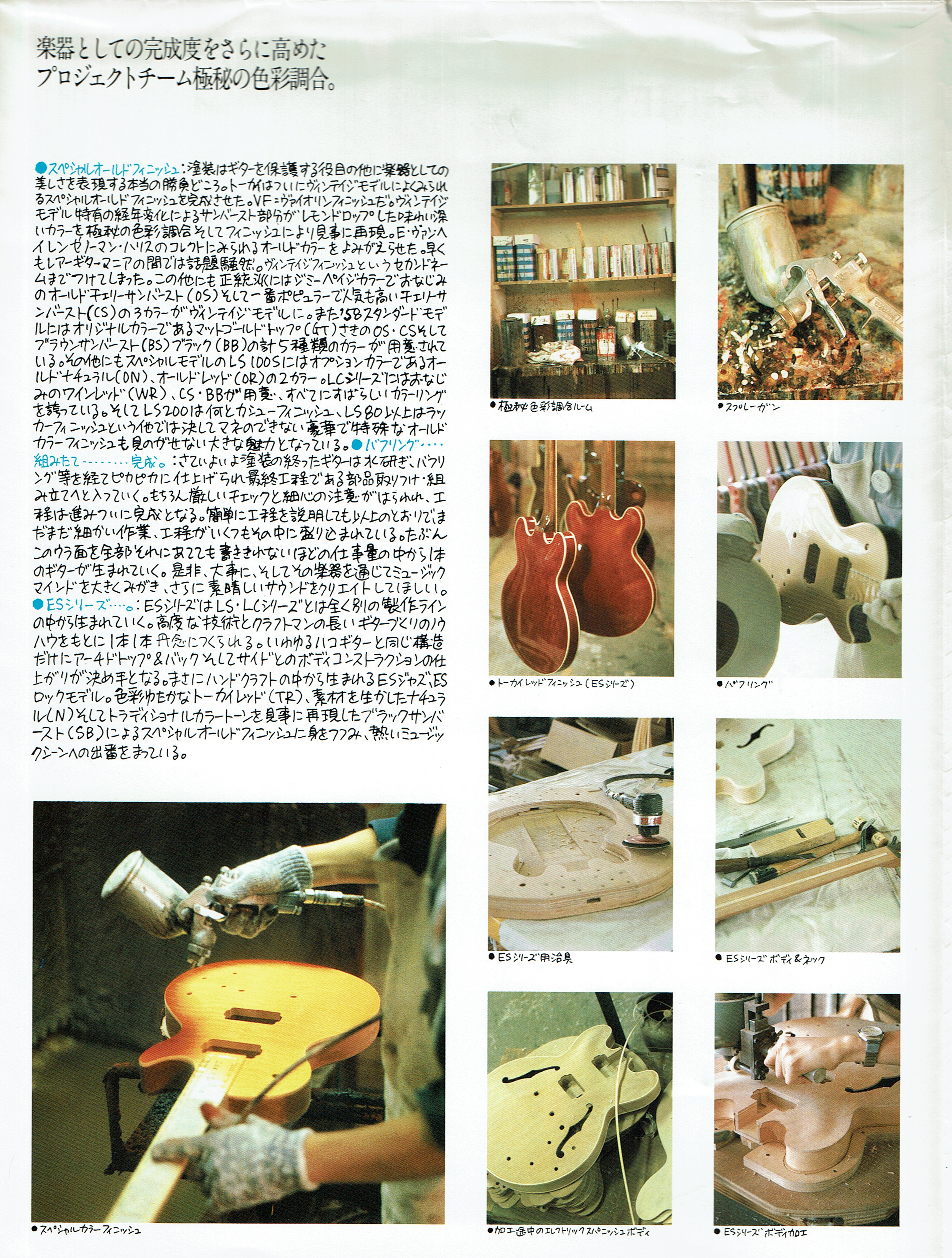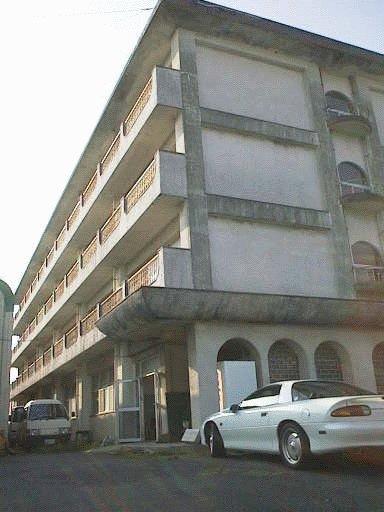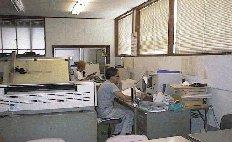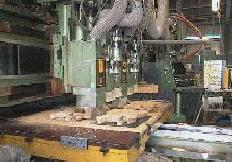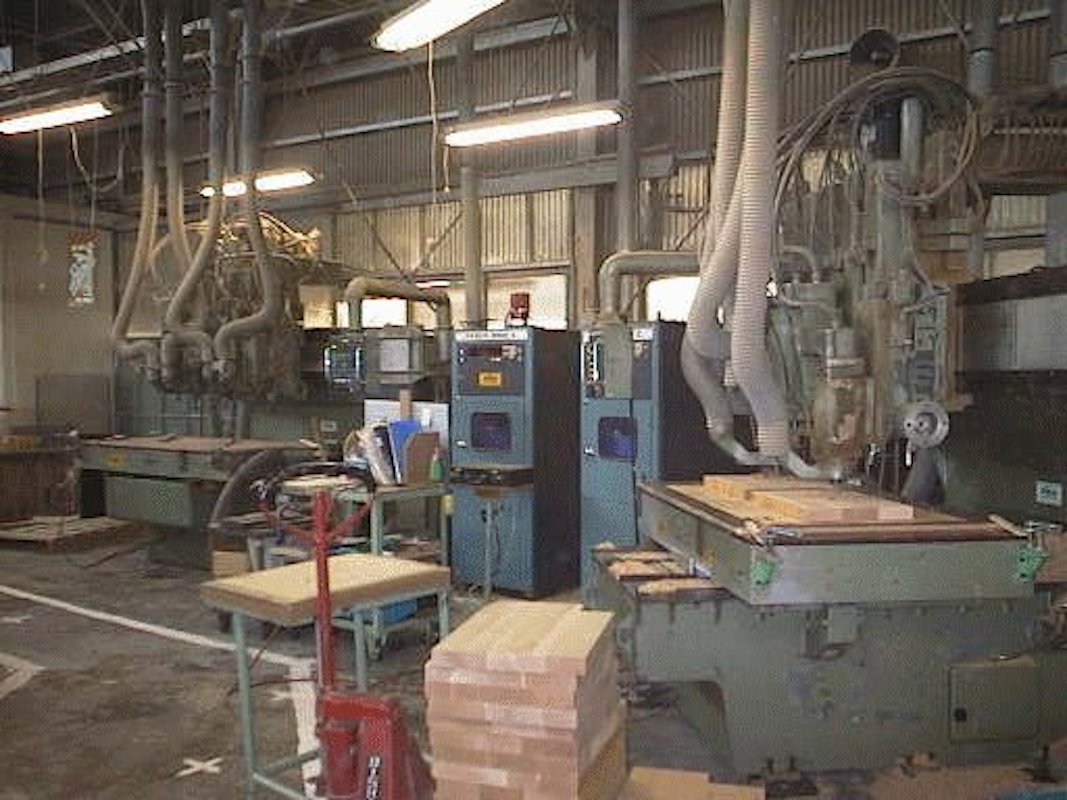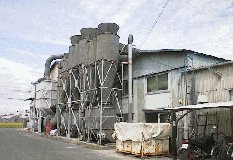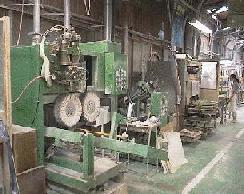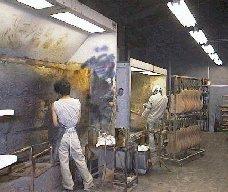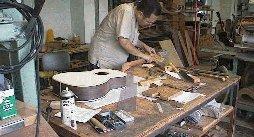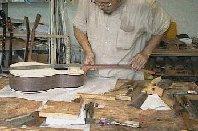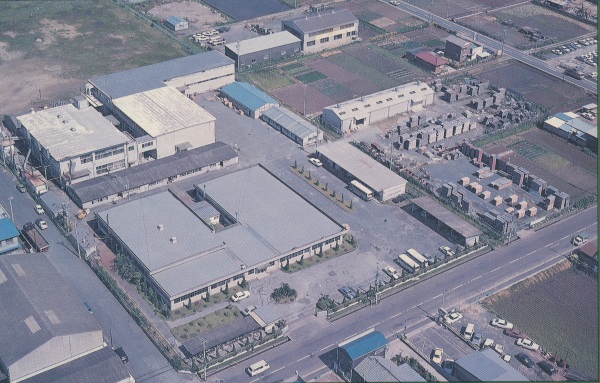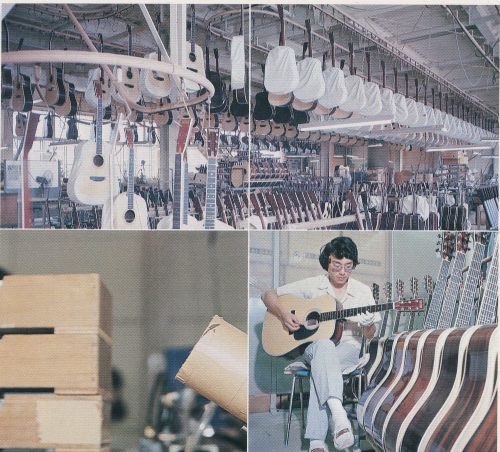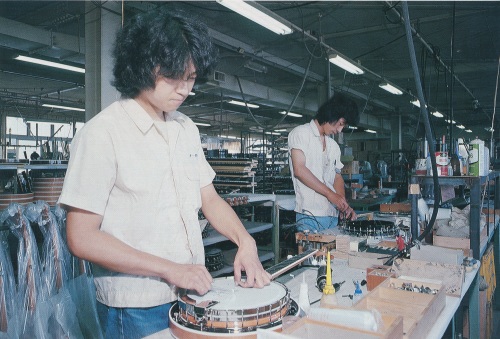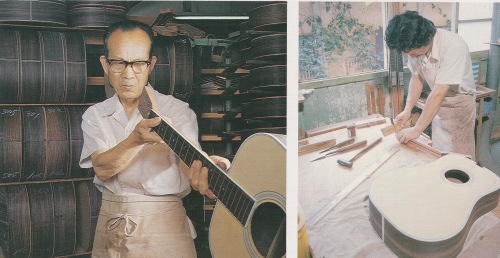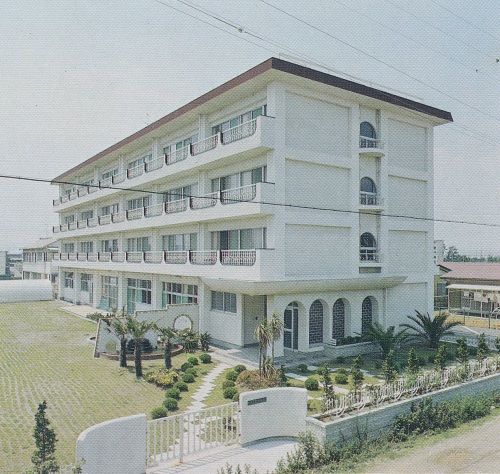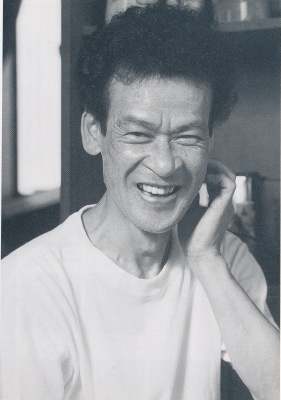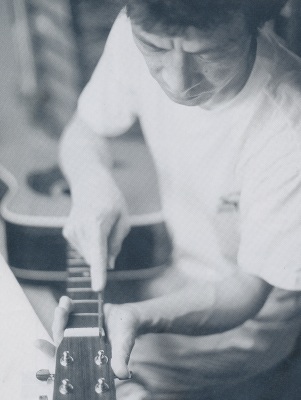Google translation of the cool page you linked.
http://fridays-dream.com/toukaigakki2.html
Tokai Musical Instruments Manufacturing Co., Ltd. 2
I got a job at Tokai Gakki and started living in Hamamatsu, but what kind of place was Hamamatsu and Tokai Gakki?
The first thing that surprised me when I went to Hamamatsu? That is...a lot of bikes! As expected, it is the birthplace of HONDA, YAMAHA, and SUZIKI! One more thing that really surprised me! Isn't your child playing "baseball"? This was a culture shock! I'm from Hyogo Prefecture, the hometown of "Koshien," the mecca of baseball. , it was not. What the children in Hamamatsu were doing was "soccer"! As expected of the soccer kingdom "Shizuoka Prefecture". (This was long before the "J.League" was established.)
Other than that, the sunset is beautiful! This was impressive. Takarazuka City, Hyogo Prefecture, where I was born and raised, has mountains such as "Mt. Therefore, you can see a beautiful sunset only a few times a year. That was every day in Hamamatsu. And that the city is quiet! Conversely, does this mean that Takarazuka is noisy? The sound of trains, the sound of jet planes arriving at and departing from Osaka Airport, and so on.
In particular, the head office of Tokai Musical Instruments was located in the "Terawaki Tekko Danchi" (inside the rice field)...
| This is the head office of Tokai Musical Instruments located at 36 Terawaki-cho, Hamamatsu City. Unfortunately it doesn't exist anymore. The long prefabricated building between the larger buildings was where the dining room and "service center" were located. On the right side, there was a raw material storage area and a natural drying area . |
| In this factory, guitars, pianicas, pianos, etc. were made. Guitars were mainly mass-produced, and high-end handicrafts were produced at the Terashima Factory. In the image, you can see a row of guitars from "Cat's Eye", but since I joined the company, "Tokai" brand electric guitars have become the main product. |
| This is the banjo production line. Even so, banjos were produced in extremely small quantities, so they were produced in a small space with only a few people. The person in the back is Mr. Nozawa, who was introduced in the banjo catalog. |
Raw guitars produced at the headquarters factory in Terawaki were mainly mass-produced products. We produced CE150-CE300 mass-produced products and CE400-CE600 semi-manufactured products. Luxury handicrafts with a CE rating of 800 or higher were made at the "Terashima Factory" on the south side of Hamamatsu Station.
| This is the "Terashima Factory". Wasn't there a big power machine here? So it was a very relaxing atmosphere. |
It was a factory like this, but when you think of a factory where guitars are made , it's easy to have an image of specialized, veteran craftsmen who carefully work one by one. But... (like the image above?)
Actually, there are a lot of "babies around there" everywhere, and they're working hard because they're pressed for time. I felt like saying. It was never a special factory. It was just a very ordinary production factory, and what they were making was "musical instruments."
However, there were many musical instrument enthusiasts from all over the country who lived in the dormitory in Enshuhama, so you could say that it was always filled with the sounds of musical instruments
.
| This was the Enshuhama Dormitory.
I lived on the 3rd and 4th floors. It was very close to Enshunada (sea), and I could always hear the sound of waves. (It was very loud and it took me a while to get used to it.) However, swimming is prohibited at Enshu Beach. The waves were too rough... This building is the current "Tokai Musical Instruments Headquarters". |
After working at Tokai Gakki head office for more than half a year (nearly a year?), I was transferred to the Osaka sales office.
At the Osaka office, I was mainly doing warehouse work such as delivery and answering the phone. When I was transferred to the Osaka sales office, Managing Director Oba said, "Hey, you're Yoshida-kun! You're good at answering the phone, so you'll do well." . Then, eventually, I started working in sales...but...
I joined Tokai Gakki because I wanted to make guitars... but it's true that it gradually became less interesting. I thought, "Do you want to change jobs?", but it's true that I want to be involved in musical instruments...
At that time, the company told me an interesting story...・I want.”
In relation to the delivery business, they had been doing minor repairs, but this time they were going to cut costs by doing more serious repairs. By saying so, I decided to study "repair" for a while at the "head office service center". It was there that I met Hideki Torii, who is now famous for repairing guitars.
| Is this person my teacher? This is Mr. Hideki Torii. After joining Tokai Gakki, he worked at harmonica and guitar production sites, and since 1972, he has been in charge of repairing guitars in the "repair department". Currently, he is independent and runs a repair studio "Otori Musical Instruments" in his home in Mikyu-cho, Minami-ku, Hamamatsu City. Torii-san is a fun person who is always joking around. His wife is also a very good person, and both of them are typical "Hamamatsu" people. (My image) But... at heart, he is a very serious person! ! really! |
Under Mr. Torii's guidance, I learned a lot about basic guitar repair.
How to create a work environment. It's all about things that I still refer to, such as how to make.
There was a "service center" in the Tokai Gakki head office factory , so there were many materials for repairs and materials for making small items necessary for repairs .
The leftovers that were in the trash can were all better than the high-end guitars being produced today, weren't they? | |
After spending nearly a year at the head office and service center, I returned to the Osaka sales office. However, there was no equipment at the Osaka sales office, and there were other tasks, so I couldn't do the work that I was doing at the service center. That's part of the reason why I feel like I've gradually drifted away from the musical instrument industry. Also, around the same time, at the Tokyo sales office...
I joined Tokai Gakki as a "rush employee" and started a guitar repair job... Now, I'm a very famous repairman who is trusted by famous guitar players.
There was Mr. Masaharu Imai, who was appointed. He was enrolled at Tokai Gakki at the same time, so I may have met him at a general sales meeting, but I don't remember. A few years ago, I visited Mr. Imai's studio in Takadanobaba, Tokyo, and talked ... He was an interesting and eccentric person, wasn't he?
As time went by, the company's economy gradually deteriorated (later filed for a peace settlement in the first half of 1985?). The long-term absence from work due to an accident was the trigger, and in September 1985? I have decided to retire from Tokai Gakki, where I worked for six years.
My life at Tokai Gakki was full of fun things, so there was some loneliness, but when I took a closer look at the musical instrument industry, I saw many contradictions... and the future was uncertain. Therefore, it is also true that I thought, "Is it high time?"
I didn't have any plans to change jobs after I retired, so I thought, "For now, take it easy for a while..." and went to Shinshu Nagano on a motorcycle touring...





